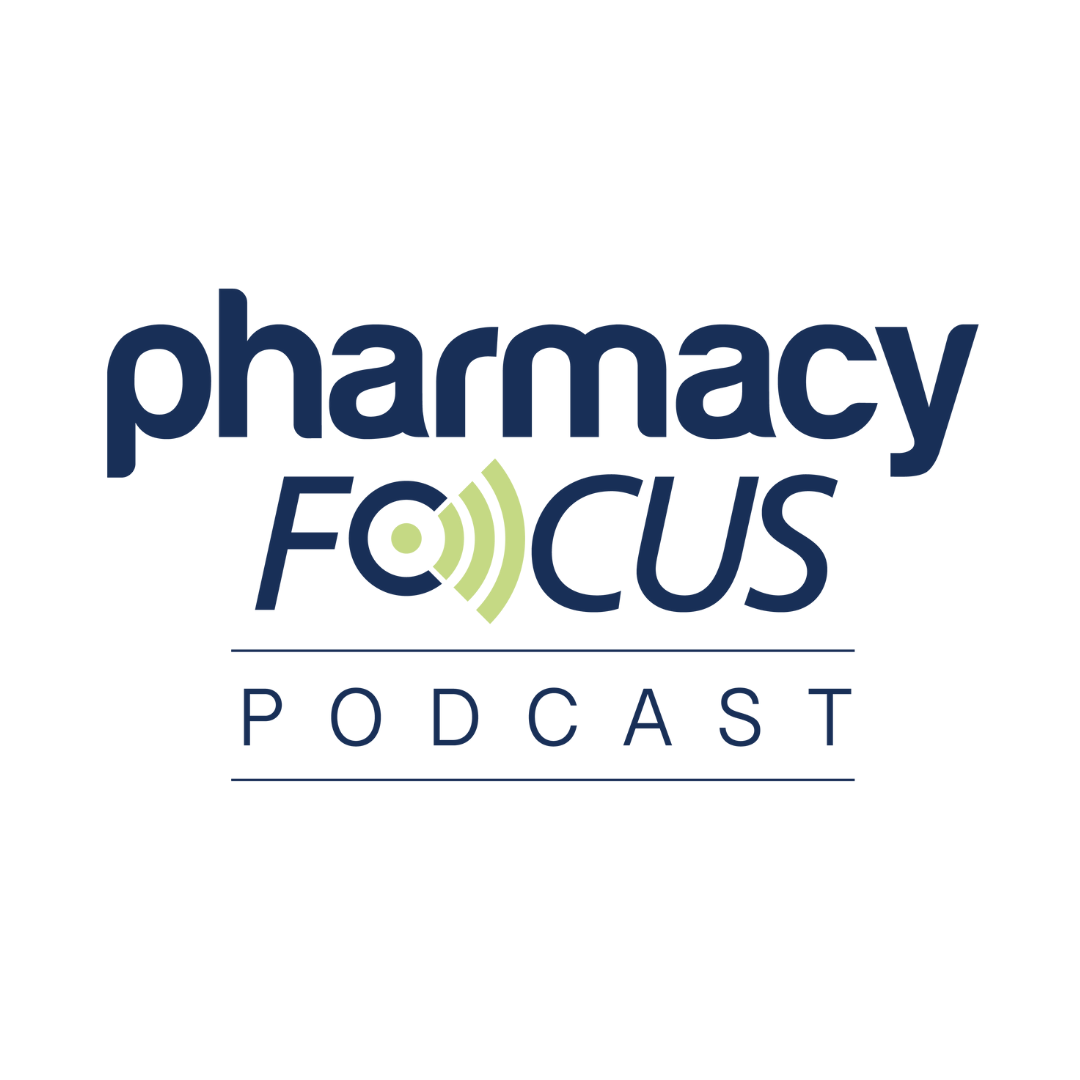News
Article
Nipocalimab Demonstrates Sustained Disease Control, Reduction in Autoantibodies in Generalized Myasthenia Gravis
Author(s):
Key Takeaways
- Nipocalimab showed significant improvement in MG-ADL scores and a tolerable safety profile in the Vivacity-MG3 trial for gMG patients.
- The drug effectively reduces pathogenic IgG levels, addressing the underlying cause of gMG, unlike IVIG.
Compared with other treatments for myasthenia gravis, nipocalimab demonstrated more significant improvements in disability scores, with tolerable safety.
Nipocalimab, an investigational FcRn blocker, met its primary end point in the Vivacity-MG3 trial (NCT04951622), demonstrating statistically meaningful and clinically significant improvement over 24 weeks in the Myasthenia Gravis Activities of Daily Living (MG-ADL) score and a tolerable safety profile in antibody-positive adults with generalized myasthenia gravis (gMG), according to a news release from Johnson & Johnson and study data published in The Lancet.1-3
Myasthenia gravis can be a damaging and burdensome neurological condition. | Image Credit: AI-generated via stock.adobe.com

gMG is a lifelong, rare, and chronic autoantibody-driven disease that impacts thousands across the world. Curative treatment for gMG has not yet been developed for patients, with therapeutic options aiming to reduce disease burden and associated symptoms. Treatments such as intravenous immunoglobulin (IVIG) have been shown to be effective at reducing disease severity in patients with MG, especially those with advanced disease, in clinical trials. However, patients with MG using IVIG are also faced with high financial burdens and health care resource utilization, necessitating more optimized treatment.4,5
In contrast to IVIG, nipocalimab features a significantly more tolerable safety profile and can more effectively lower immunoglobulin G (IgG), specifically pathogenic IgG, which is one of the foundational causes of autoantibody diseases such as gMG. In Vivacity-MG3, nipocalimab led to up to a 75% reduction in median total IgG from baseline, in addition to a reduction in levels of common pathogenic IgG subclasses across 24 weeks.1
“Nipocalimab has been shown in multiple clinical studies to help reduce IgG, including autoantibodies, among this broad population of antibody-positive adults with gMG,” Carlo Antozzi, MD, said in the news release. “The positive results from the Vivacity-MG3 study further support the potential of nipocalimab to address the underlying cause of this debilitating autoantibody disease.”1
The patient experience with gMG often includes a combination of factors, including intensive treatments with medicines such as IVIG, hospital admissions, and outpatient visits. These factors lead to a substantial disease burden, often higher than that of other chronic neurological diseases, according to the study authors.2
Although treatments like IVIG can be effective in patients with gMG for multiple weeks following therapy, an incomplete response and potential for serious side effects limit its long-term use. In a notable study observation, nipocalimab demonstrated a significant reduction in baseline MG-ADL score over the final weeks of the study, indicating it’s potential for long-term, sustained positive effects.1,2
Based on the positive results garnered from Vivacity-MG3, the FDA granted priority review to nipocalimab, allowing for a speedier development process towards possible approval. If approved, nipocalimab has the potential to become a standard option for care in patients with gMG. Still, treatments such as IVIG are poised to remain a pivotal component of patient care; in Vivacity-MG3, some patients who experienced clinical deterioration during the trial necessitated rescue therapy with IVIG, affirming that the treatment can still play a role in cases of severe disease.1-2,6
“We are delighted by the publication of this robust phase 3 data in The Lancet Neurology as well as the priority review granted by the FDA,” Sindhu Ramchandren, MD, executive medical director at Johnson & Johnson, said in the news release. “People living with gMG require additional effective immunoselective therapeutic options that can potentially preserve the ability to maintain a protective immune response even after reduction of IgG.”1






